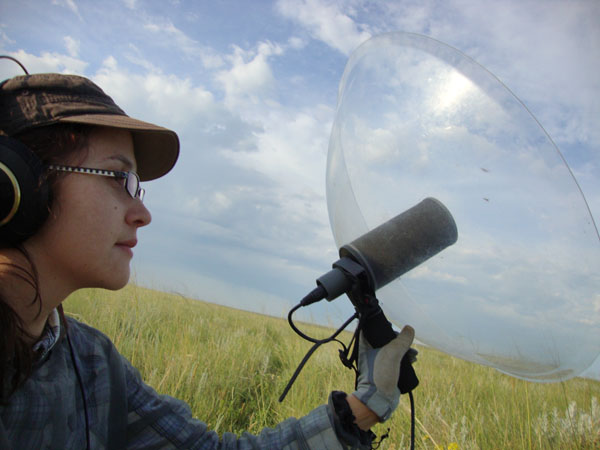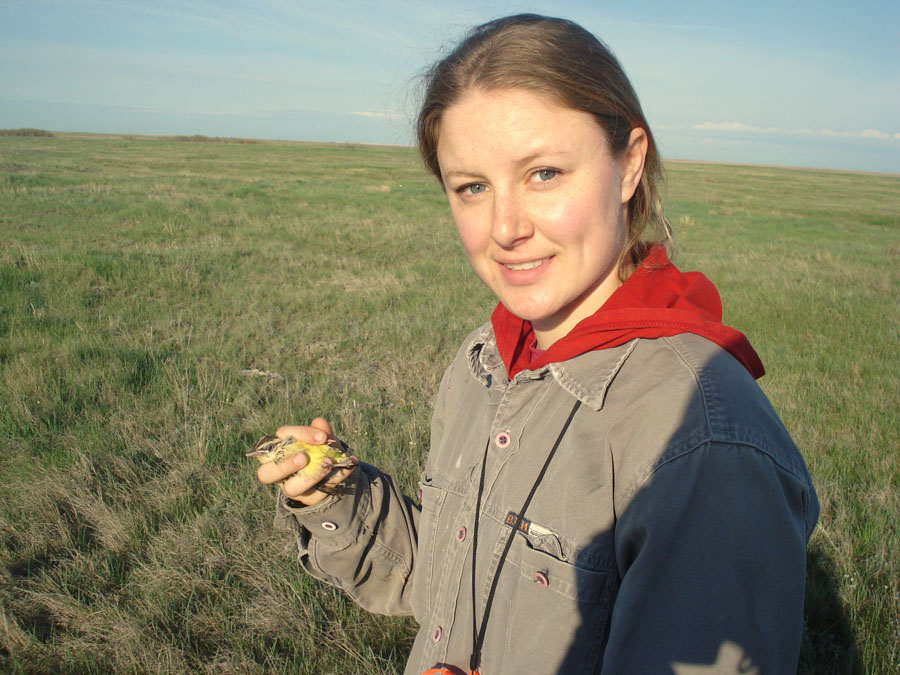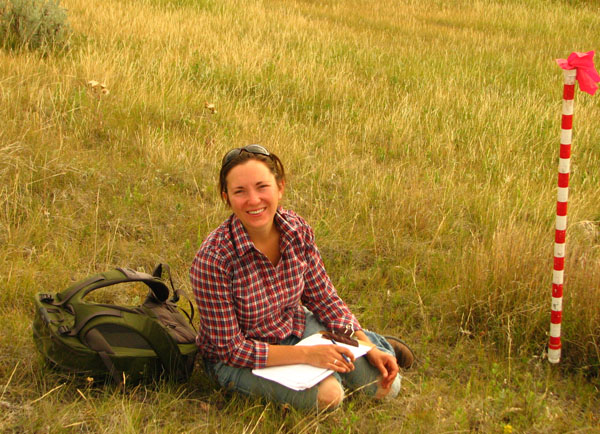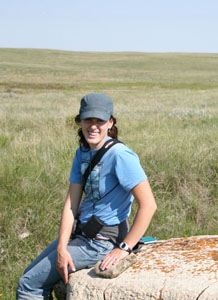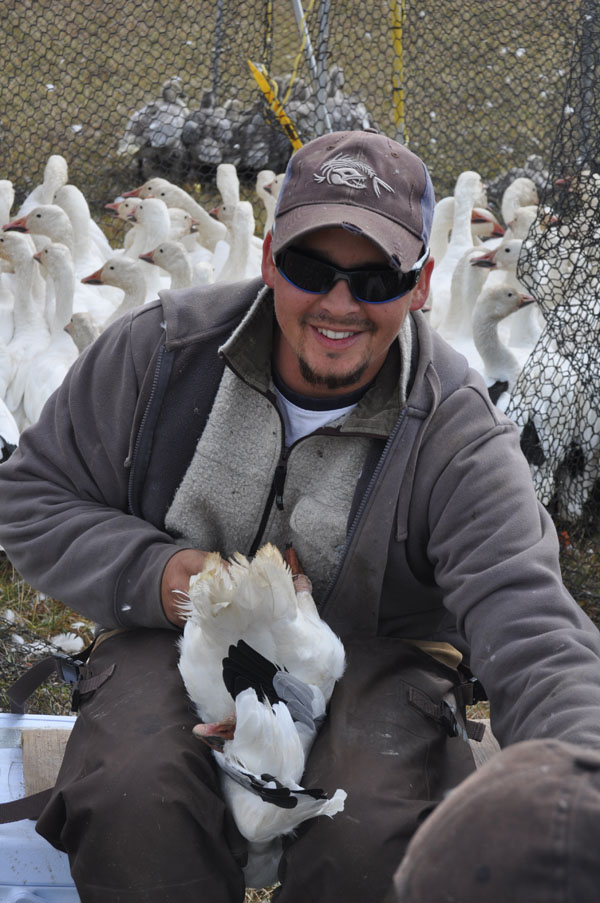
Nathan Clements (MSc candidate)
University of Regina (2011- present), Co-supervisor: Dr. R. Mark Brigham
The continent-wide population declines of grassland birds suggest that the causes are not local isolated phenomena and likely involve the loss and degradation of grassland habitat. Therefore, efforts to stabilize or increase grassland bird populations require identification of remaining habitat and an understanding of their use of available habitats. Conservation biologists have typically used standardized surveys and modeling approaches to identify important habitats. Furthermore, integration of these models into a Geographic Information System has allowed biologists to develop spatially explicit models that predict where species are likely to occur in a given area. My research is focused on developing spatially explicit Resource Selection Function (RSF) models for grassland songbirds in the Special Areas of south-eastern Alberta. I will develop RSF models in the first year of my study and then evaluate their predictive performance in the second year. My goal is to develop useful predictive models that conservation practitioners can use to develop effective land-use plans for the region that consider the requirements of grassland birds and species at risk along with the socio-economic requirements of agricultural producers and the oil and gas industry .
